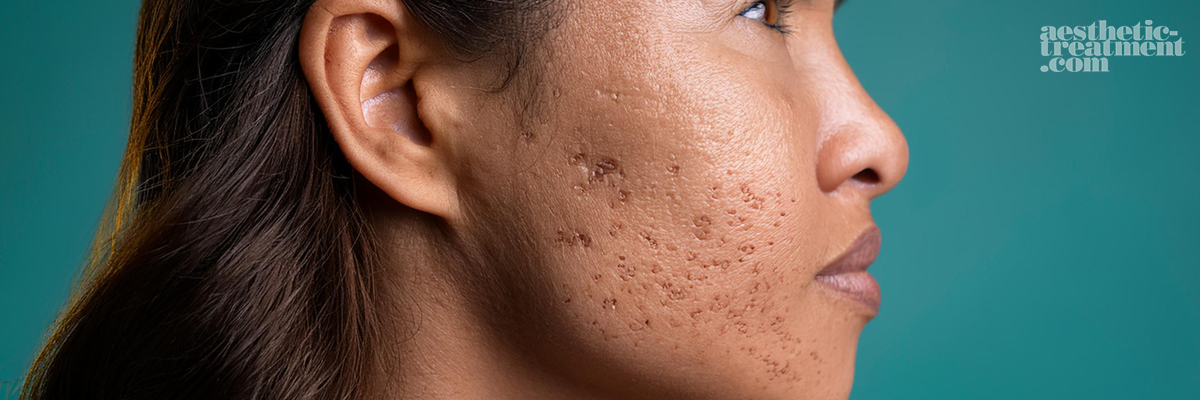How Platelet-Rich Plasma Works for Facial Scarring
Extraction PRP therapy begins with the extraction of a small amount of the patient’s blood. This blood is then placed in a centrifuge, where it is spun to separate the platelet-rich plasma from other components, such as red and white blood cells. Platelets are rich in growth factors, proteins that play a crucial role in the healing process by promoting cell regeneration and tissue repair.
Growth Factors and Healing The platelet-rich plasma, once isolated, is injected into the areas of the face affected by scarring. The high concentration of growth factors in PRP stimulates the body’s natural healing processes, encouraging the production of new collagen and elastin fibers. This not only helps to repair damaged skin but also enhances the overall texture and firmness of the treated areas.
Collagen Stimulation and Skin Remodeling One of the key benefits of PRP therapy for facial scarring is its ability to stimulate collagen production. Collagen is a protein that provides structure and support to the skin. By increasing collagen levels, PRP helps to fill in depressed scars, such as those caused by acne, making them less noticeable. Over time, the skin undergoes a remodeling process, where old, damaged tissue is replaced with new, healthy tissue, leading to smoother and more even skin.

